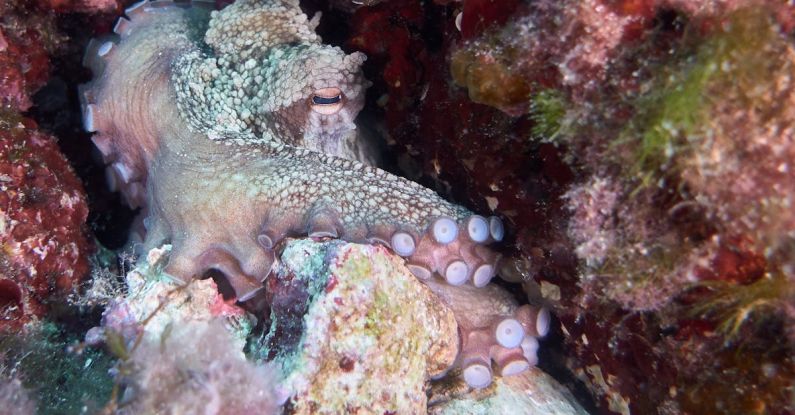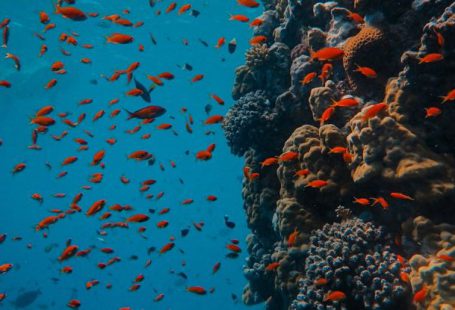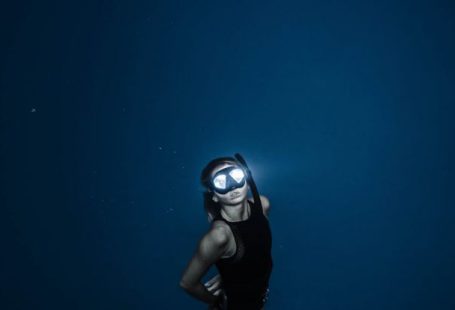The Camouflage Mastery of Octopuses
Octopuses are truly fascinating creatures that have captured the curiosity of scientists and nature enthusiasts alike. One of the most remarkable abilities of octopuses is their incredible talent for camouflage. These elusive creatures have evolved sophisticated techniques to blend seamlessly into their surroundings, allowing them to evade predators and ambush prey effectively. Let’s delve into the world of octopus camouflage and explore the incredible strategies these creatures employ to disappear into their environment.
Morphing Skin: A Master of Disguise
One of the most impressive aspects of octopus camouflage is their ability to change the color and texture of their skin in a matter of seconds. Through a complex network of specialized cells called chromatophores, iridophores, and leucophores, octopuses can alter their appearance to match the colors and patterns of their surroundings with astonishing accuracy. By expanding or contracting these pigment-filled cells, octopuses can mimic the intricate patterns of coral reefs, sandy ocean floors, or even rocky surfaces, effectively becoming invisible to predators and prey alike.
Texture Mimicry: Blending In Perfectly
In addition to changing their color, octopuses can also manipulate the texture of their skin to further enhance their camouflage abilities. By using specialized muscles called papillae, octopuses can create bumps, ridges, and spikes on their skin to mimic the texture of their environment. This texture mimicry allows octopuses to seamlessly blend in with various surfaces, making it nearly impossible for predators or prey to detect them. Whether hiding among rocky crevices or blending into a bed of seaweed, octopuses can adapt their skin texture to match their surroundings with incredible precision.
Dynamic Camouflage: Adapting to Changing Environments
One of the most impressive aspects of octopus camouflage is its dynamic nature. Unlike other animals that rely on fixed patterns or colors for camouflage, octopuses can rapidly adjust their appearance to match changing environmental conditions. Whether moving across different types of terrain or encountering new predators, octopuses can quickly adapt their camouflage strategies to remain undetected. This ability to dynamically change their appearance in real-time sets octopuses apart as true masters of disguise in the animal kingdom.
Behavioral Camouflage: The Art of Deception
In addition to their physical camouflage abilities, octopuses also exhibit remarkable behavioral strategies to enhance their disguise. One common tactic is using mimicry to imitate other animals or objects in their environment. By altering their body shape, movement patterns, or behavior, octopuses can mimic toxic animals, such as lionfish or sea snakes, to deter predators from attacking them. This clever form of behavioral camouflage not only helps octopuses avoid danger but also allows them to surprise unsuspecting prey by luring them in with deceptive tactics.
Environmental Awareness: Reading the Signs
Another key aspect of octopus camouflage is their keen environmental awareness. Octopuses have a remarkable ability to assess their surroundings and quickly adapt their camouflage strategies based on visual cues and sensory information. By closely observing their environment and responding to changes in light, color, and texture, octopuses can fine-tune their camouflage to remain hidden and safe. This heightened awareness of their surroundings allows octopuses to stay one step ahead of predators and effectively blend into their habitat.
The Evolution of Camouflage: A Natural Advantage
The remarkable camouflage abilities of octopuses have evolved over millions of years, providing these creatures with a significant advantage in the marine environment. By mastering the art of disguise through a combination of color, texture, behavior, and environmental awareness, octopuses have become expert hunters and elusive prey in the ocean’s vast ecosystem. The evolution of these sophisticated camouflage techniques highlights the incredible adaptability and intelligence of these enigmatic creatures.
In conclusion, octopuses are truly masters of camouflage, employing a diverse range of strategies to blend seamlessly into their surroundings and avoid detection. From morphing their skin color and texture to utilizing behavioral mimicry and environmental awareness, octopuses have honed their camouflage skills to perfection through millions of years of evolution. By unraveling the secrets of octopus camouflage, we gain a deeper appreciation for the complexity and beauty of nature’s most elusive creatures.





